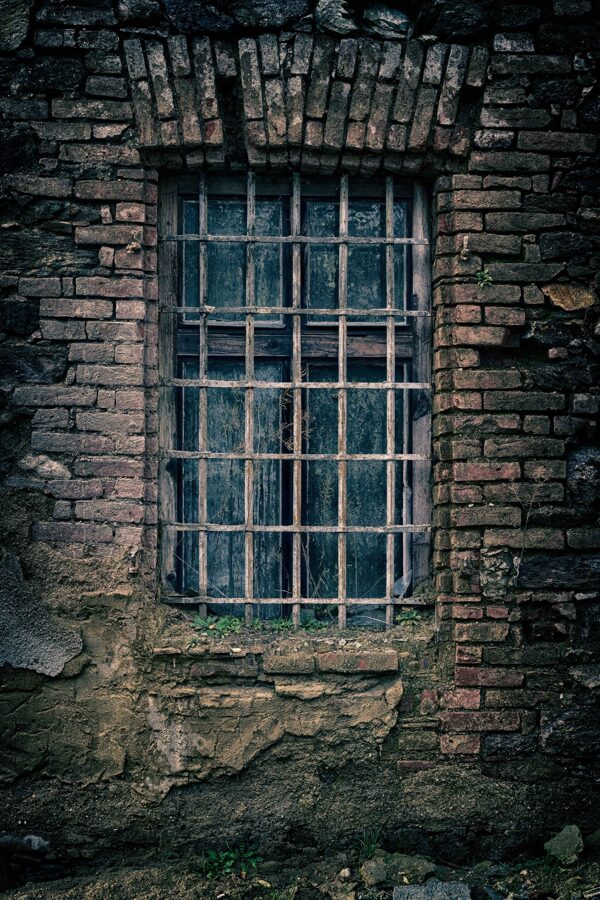THERMAL IMAGING & CARBIDE TESTING
When carrying out Damp Surveys – We use our knowledge and skills as Chartered Surveyors and our expert diagnostics skills to diagnose and remedy all damp issues including condensation and so called ‘rising damp’. Our reports are professional documents that use and reference the British Standards and current UK building regulations relevant to buildings of traditional construction with breathable fabric with the emphasis on BS 7913:2013.
We focus on finding the root cause of the damp. On finding the moisture source(s), the remedies often include basic maintenance works along with re-introducing breathability by using the materials the building was originally constructed with, respecting its original design principles, and introducing environmental control as required.

We take masonry samples from within the buildings walls and analyse them on site with a UKAS laboratory calibrated Speedy Moisture Tester, AKA a Gas Carbide Meter. From this we can tell how much moisture is actually in the wall – or how dry it is!
If you have had a survey and they have advised further investigation by a PCA "damp specialist" then get in touch, we can help. Do not be pushed around by the mortgage company or estate agents and seek professional advice. We never recommend damp proofing and have never seen a true case of rising damp. If you’ve been told you need this, then get in touch with us.
Our damp and timber surveys will report on the causes of damp within your property and then specify the appropriate remedial repairs and actions that will help alleviate the problem.

WHAT IS DAMP?
There are three forms of damp with regards to property.
Penetrating Damp
Penetrating damp is one of the most common types we see and can be caused by leaks, external moisture, environmental conditions, and the like. The good news is that once we have diagnosed the cause we will be able to tell you how to fix it.
Condensation
Condensation can be a bit tricky to diagnose as the cause can often be unclear. However, we use a variety of scientific equipment to assist us. If a surveyor tells you he can see damp from a mile away, close the door. Some signs of damp and their cause is indeed sometimes obvious, but in our experience, damp can be caused by multiple items and this needs to be understood in its entirety otherwise the problems will continue to persist.
Rising Damp (...?)
Rising Damp is almost non-existent – it rarely occurs naturally, and it CERTAINLY doesn’t move a metre up the wall. Experimental walls with old, porous bricks, jointed with lime mortar have been constructed. When the base of the wall is placed in water, the bottom row will get wet. Water is wicked up the brick, reaches the first mortar joint and evaporates. It rarely if ever goes beyond the first joint unless it is ‘bridged’ by having cement render or similar applied over the top of it. We are able to look at areas that purport to be rising damp, diagnose the reasoning behind the so called evidence and advise rectification.
What’s included in a Damp and Timber Survey?
A full detailed report of the property which highlight the issues give recommendations and how to fix it.

Thermal Imaging Survey of the building fabric highlighting any areas of trapped moisture. We use FLIR Thermal Imaging Cameras.
Atmospheric moisture readings. We use Vaisala Thermo Hygrometers to measure, Relative Humidity, Dew Point and Ambient Humidity, and 4mm probes to investigate areas of suspected dampness. We do not use "prong" damp meters – they are unsuitable for measuring moisture in anything other than freshly felled timber.
Inspection cameras to observe unseen floor joists and within cavity walls so we can see what is hidden.